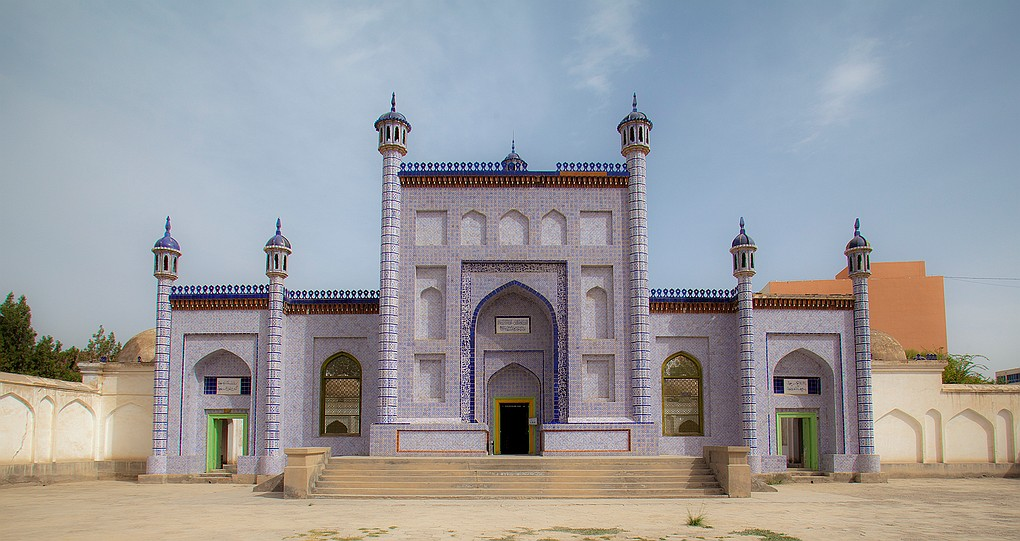Traditional and Modern Education in the Uyghur Region
Uyghur Heritage
Traditional Education Periods
The traditional education in the Uyghur Region can be divided into several distinct periods, reflecting the region's diverse religious and cultural influences over the centuries:
- Shamanism and Manichaeism (552-844 AD)
- Idiqut Period (850-1250)
- Buddhist Era (75-992): This was the most extended period of traditional education in Xinjiang.
- Islamic Period of Qara Khanlar (870-1211): This period was centered around Kashgar.
- Chaghatai Period (1179-1242): Ili was the centre of educational activities.
- Sa'idya Khan Period (1514-1678): Yarkand was the capital.
- Post-Sa'idya Khan Period: This marks the period following 1678.
These periods reflect the significant shifts in religious and cultural paradigms that influenced educational practices and institutions in Xinjiang (Arshidin, p. 35).
Modern Education Developments
In more recent times, education in Xinjiang has seen considerable progress. Key advancements include:
- Universal Elementary Education: This initiative significantly reduced illiteracy rates and ensured more children had access to primary education.
- Training of Higher-Level Cadres and Technicians: Focused efforts were made to train professionals and technical experts to support the region's development.
- Expansion of Educational Infrastructure: The establishment of high schools, vocational schools, and various training courses aimed to elevate the skill levels of the population.
- Reduction in Illiteracy: Despite challenges such as the early marriage of girls and other patriarchal practices, the push for universal literacy achieved notable success. By the mid-1970s, 80% of the population of Xinjiang was literate.
- Literacy Rates in the 1990s: According to the 1990 census, the proportion of illiterate and semi-literate people (aged 15 and above) among the Uyghurs was 26.85%, which was only slightly above the Chinese national average of 22% (A. K. Patnaik; UNESCO, Vol. 6, p. 569).
These efforts underscore the significant strides made in improving Xinjiang's educational outcomes and literacy rates.
References:
Arshidin, Hakima. (1991). Access To Formal Education In The Xinjiang Uighur Autonomous Region Of China 1949-1987 With Special Reference To Higher Education For Ethnic Groups. (Doctoral dissertation, University of London Institute of Education).
UNESCO. (2005) History of civilizations of Central Asia. Volume VI, Towards contemporary civilization: from the beginning of the nineteenth century to the present time. Edited by C. Adle, M. K. Palat and A. Tabyshalieva. Paris: UNESCO Publishing. Published in 2005.



Comments
Post a Comment